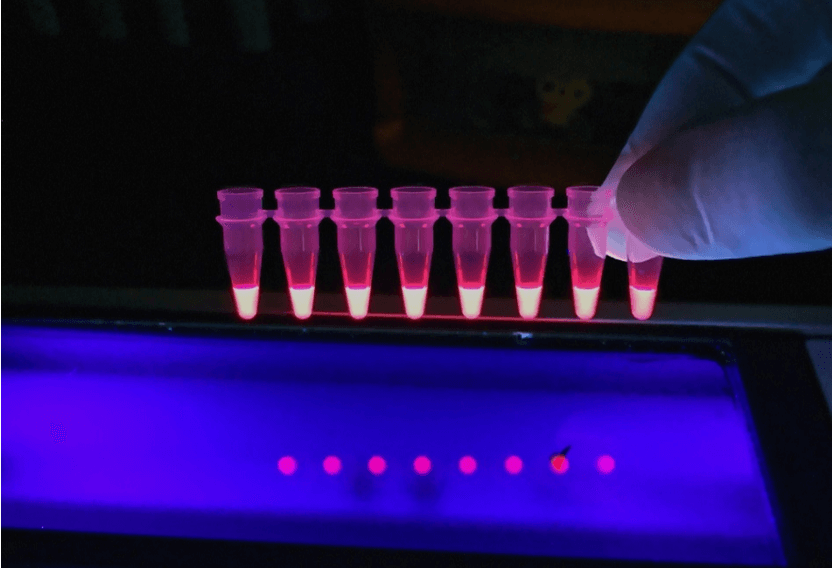Fluorescence analysis can qualitatively and quantitatively analyze substances based on the characteristics and intensity of fluorescence produced by the photoluminescence of the substance. At present, it is also widely used to characterize the physical and chemical properties of the system and its changes, such as the study of the conformation and properties of biological macromolecules.
Fluorescence spectroscopy is suitable for the analysis of solid powders, crystals, films, liquids, and other samples. Quartz cell (liquid sample) or solid sample holder (powder or sheet sample) can be selected according to the sample.
The advantages of fluorescence analysis: (1) High sensitivity; (2) Strong selectivity; (3) Small sample volume; (4) Provides more physical parameters; (5) Easy to use. However, there are also disadvantages such as insufficient application range and sensitivity to the environment (many interference factors).
1. Qualitative analysis
Fluorescent compounds with different structures have characteristic excitation and emission spectra. Therefore, the shapes and peak positions of the excitation spectra and emission spectra of fluorescent substances can be compared with the spectra of standard solutions to achieve the purpose of qualitative analysis.
2. Quantitative analysis
At low concentrations, the fluorescence intensity of the solution is directly proportional to the concentration of the fluorescent substance: F=Kc. Among them, F is the fluorescence intensity, c is the concentration of the fluorescent substance, and K is the proportionality coefficient. This is the basis for the quantitative analysis of fluorescence spectroscopy.

Application of fluorescence spectroscopy in the biological field
Fluorescence spectroscopy is mainly used to determine the content of certain components in biological samples, analysis of biotechnology and immunotechnology, such as the determination of deoxyribose and deoxyribonucleic acid, DNA, antibodies, antigens, and other aspects of research. Various fluorescent probes are used for the analysis and detection. They are mainly divided into biological nano fluorescent probes and biological non-nano fluorescent probes.
The rise of nanotechnology opens a new field of fluorescence analysis. Nanomaterials have excellent spectral characteristics such as good fluorescence, wide excitation and narrow emission, which make them an important research object in fluorescence analysis that greatly interest researchers.
Application of fluorescence spectrum in drug analysis
In the field of drug analysis, fluorescence spectroscopy analysis can be used to identify the active components of drugs, study pharmacokinetics, clinical pharmacological efficacy analysis, and so on. Drug fluorescence analysis can be divided into three categories: direct fluorescence analysis, indirect fluorescence analysis and nano fluorescence analysis. Conventional fluorescence analysis was first used to analyze the antimalarial drug quinine. With the development of fluorescence analysis, it is widely used in the analysis of antimicrobial drugs, analgesics, sedatives and hemostatic drugs.
Application of fluorescence spectrum in food
Fluorescence analysis is mainly used in this field to analyze and detect minerals and metal elements, amino acids, vitamins, fungal contamination, additives, preservatives, harmful substances in food packaging, pesticide residues, etc. in food. Its combination with HPLC, TLC, FIA, and other technologies can improve the direction of various substances in food.
Application of fluorescence spectrum in environmental analysis
With the development of organic chemical, petrochemical, and pharmaceutical industries, as well as the extensive use of pesticides (insecticides, herbicides, etc.), organic compounds are becoming more harmful and polluting the environment.
Fluorescence analysis can be used to detect the content of various substances in the environment, mainly for water, ore, and soil.






